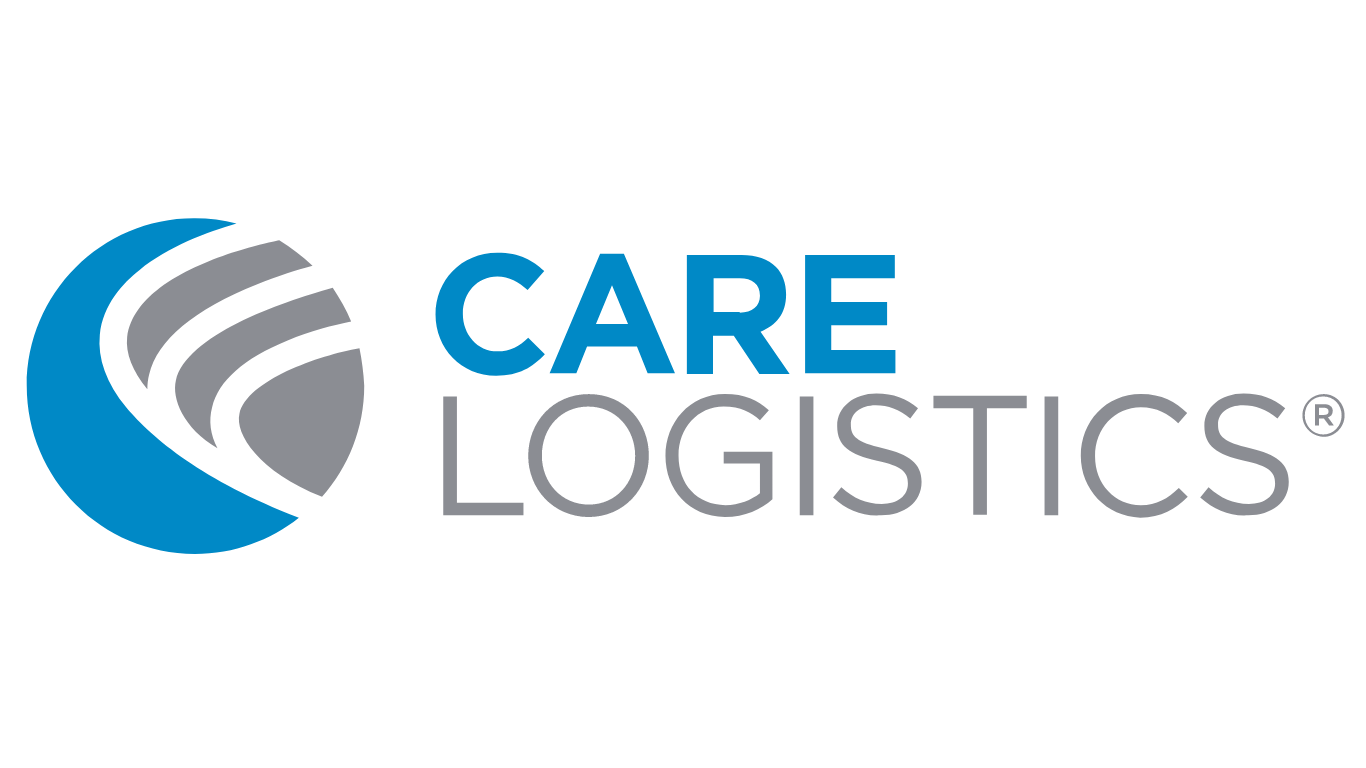Friction Free Flow, Part 2
By Nick Tailhardat
Activities at the Time of Transport
The patient's activities at the Time of Transport can occur friction-free if the activities before transport are completed optimally. However, delays that could not have been anticipated often occur at the time of transport to services.
Activities at the time of transport that could potentially be delayed include:
A. If the transporter is taking the patient off-unit without a clinical unit team member present, the transporter will need the unit staff (often, the Primary Nurse) to sign off.
B. The patient's condition must be appropriate for transport. Patients may be temporarily or unexpectedly experiencing diagnoses or treatments that limit their mobility, responsiveness, or ability to communicate. The resulting delays could be temporary, requiring the patient to continue with transport services a few minutes later, or significantly, preventing transport services altogether during this shift.
C. The patient may need one of the following resources present to begin transport:
A stretcher/bed, an IV pole, an oxygen tank, or a monitor
The Primary Nurse, monitors the patient's condition during transport, especially if any additional resources are required after the stretcher
A Respiratory Therapist, to provide support for a vented patient as needed during transport
Multiple transporters to assist with the physical movement of the patient
D. Transport demand has suddenly increased and transporters are unavailable to move the patient.
So, what is the solution?
Make sure the unit-based staff can anticipate when the transporter will be arriving through highly visible communication that the transporter is on their way to the patient.
The Nurse should prepare to be at the patient’s bedside upon the transporter’s arrival so that the transporter can spend the minimum time necessary on the unit and help get the patient to the destination quickly. Time spent looking for a nurse before beginning transport represents the majority of preventable delays.
Provide the unit staff an easy mechanism to communicate to both the transport team and service departments when the patient's condition and ability to transport changes.
Communication to Transport regarding a temporary versus significant delay will allow the team the opportunity to assist with another patient first or cancel the request altogether. Instead of the transporter spending unnecessary time looking for the appropriate equipment and traveling to the unit, the transport and service could be rescheduled, and the transporter can spend the time assisting another patient.
Designate a team member with the task of coordinating with additional resources required at the time of transport.
Instead of the transport team members and unit staff waiting for resource availability, they should each have a planned process to locate, inform, and gather resources required at the time of the transport, preventing significant delays to transport once the expected time has arrived.
If unexpected transport demand overwhelms the hospital at a consistent time of day, identify root causes and adjust processes so requests are entered throughout the day. Until systematic changes are made, define the protocol for which roles are expected to assist with transport decompression.
When decompression of transport services is required, the best role to assist may not be the patient’s Primary Nurse. Consider adjusting other department services to bedside services to reduce Transport demand, and identify non-clinical support roles across all departments that can assist with transports when needed.
Activities During Transport
At the time of transport, the team’s primary objective is to move the patient without any adverse health outcomes and be prepared for any emergent situations. Systemic support to this event includes verifying the designated transport paths taken are clear of obstruction or interference by physical objects, other staff, and hospital guests. Mechanisms to improve elevator efficiency such as dedicated patient-movement elevators or elevator systems where the destination floor is selected from the requesting floor will reduce the time it takes to move a patient through the hospital. Finally, patients may have multiple staff supporting the transport, each with designated responsibilities to observe and support the patient's condition; if each team member is clear of their responsibilities, the patient can move with the minimum staff necessary for a safe transport.
Activities at the Destination
Once the patient arrives at their destination, the patient must be left with staff at the destination to maintain an effective patient experience and reduce potential safety events. This process can be improved by providing visibility to transport’s progress with the patient’s movement; a team that is aware of an oncoming patient can be prepared to assist with receiving the patient and can validate that they will be present upon the patient’s arrival.
Once your organization has reviewed common delays with transport and prepared staff with effective solutions that prevent anticipated delays and address unavoidable delays, you’re on your way toward friction-free flow. Patient movement is optimized by having demand for transport services made in real-time, and a centralized Hub working to address demand by collaboratively displacing resources where transport is most required. A system where transport appointments are made in advance does not address the friction that might arise with the patient’s movement; in fact, when staff request transport for a time later in the shift, the appointments do not recognize the real-time availability of the patient and staff or the delay that may occur once the transport request appears on the transporter’s device. By having a system of exclusively real-time transport requests, staff are acknowledging that their patient is ready for transport, and preparing the patient as they are acutely aware of the upcoming transport. Optimal patient flow benefits from a system of forecasting transports with a services scheduling system and anticipation of patient movement activity across hospital units, but then requiring requests made as the staff acknowledges the patient is ready for transport. With the recognition and removal of friction before and during patient transports, patients will move through the hospital in the most effective way possible to maximize the use of resources and the patient experience.
